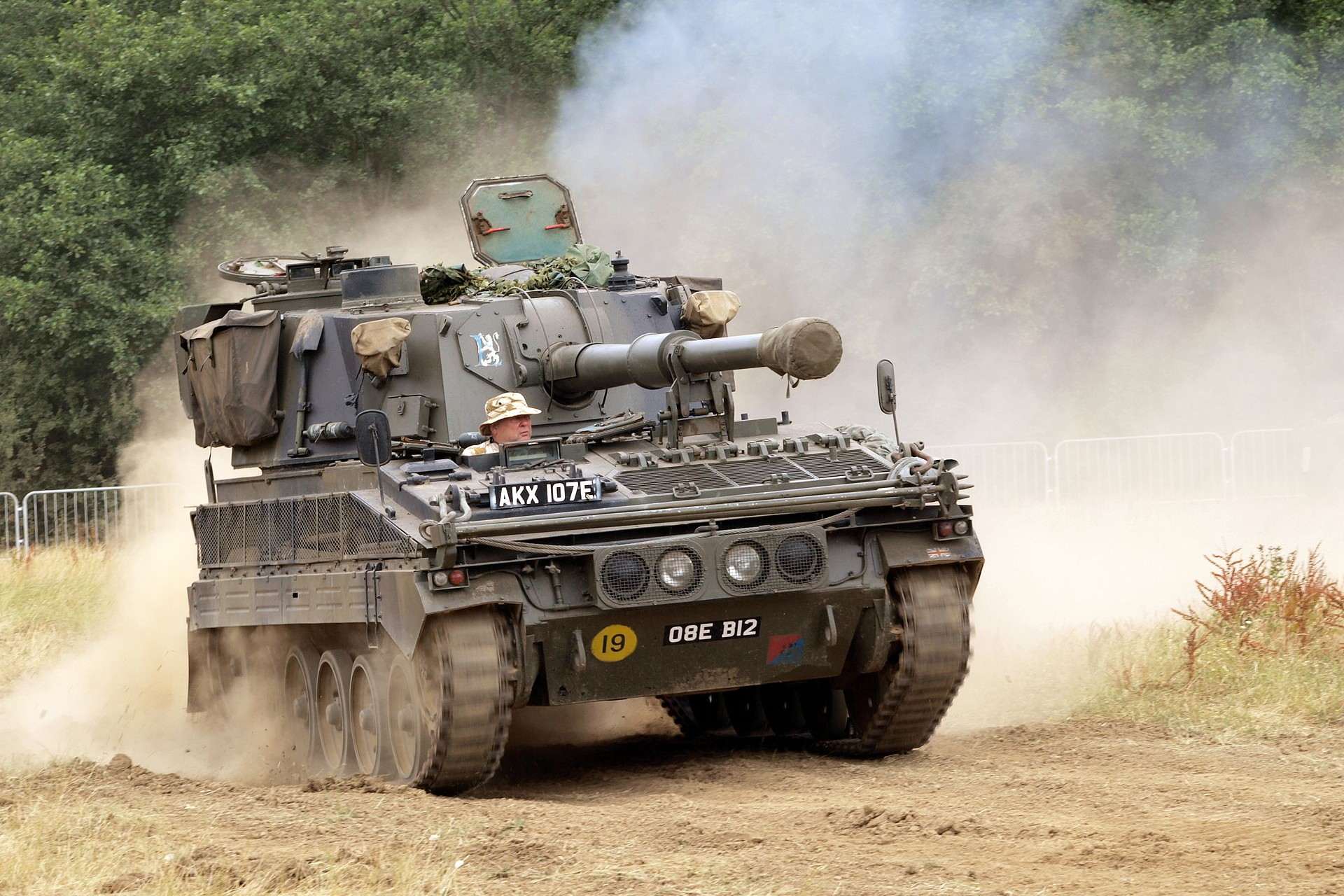
Ever wondered about the Abbot FV433? This British self-propelled artillery piece has a rich history and some fascinating features. Developed in the 1960s, it served the British Army for decades. Why is it called the Abbot? Named after the medieval clerical title, it fits into a series of British military vehicles named after religious figures. What makes it special? Its 105mm gun, capable of firing various types of ammunition, and its ability to keep up with fast-moving armored units. Want to know more? Stick around as we dive into 25 intriguing facts about this remarkable machine.
Abbot FV433: A Marvel of Military Engineering
The Abbot FV433 is a self-propelled artillery piece that has made significant contributions to military history. This British marvel combines power, precision, and mobility, making it a fascinating subject for anyone interested in military technology.
-
The Abbot FV433 was developed in the 1960s by the British Army to replace the outdated Sexton self-propelled gun.
-
It features a 105mm L13A1 gun, capable of firing a variety of ammunition types, including high-explosive, smoke, and illumination rounds.
-
The vehicle is powered by a Rolls-Royce K60 multi-fuel engine, providing it with a top speed of 47 km/h (29 mph).
-
The Abbot FV433 has a range of approximately 400 kilometers (250 miles) on a full tank, making it highly mobile on the battlefield.
-
Its fully enclosed turret allows for 360-degree rotation, giving it a significant advantage in targeting and firing.
Design and Features
The design of the Abbot FV433 is a testament to British engineering. Its features are tailored to meet the demands of modern warfare, ensuring both effectiveness and crew safety.
-
The vehicle's armor is designed to protect against small arms fire and shell splinters, ensuring the crew's safety during combat.
-
It has a crew of four: a commander, driver, gunner, and loader, each with specific roles to ensure efficient operation.
-
The Abbot FV433 is equipped with a sophisticated fire control system, allowing for accurate targeting even in challenging conditions.
-
Its suspension system is designed to handle rough terrain, providing stability and comfort for the crew.
-
The vehicle can be airlifted by transport aircraft, making it easy to deploy in various combat scenarios.
Operational History
The Abbot FV433 has seen action in numerous conflicts, proving its worth on the battlefield. Its operational history is a testament to its reliability and effectiveness.
-
It was first deployed during the Cold War, primarily in Europe, to counter the threat of Soviet armored divisions.
-
The Abbot FV433 played a crucial role in the Falklands War, providing artillery support to British forces.
-
It has been used in various training exercises and military parades, showcasing its capabilities to both allies and potential adversaries.
-
The vehicle has been exported to several countries, including India and Malaysia, where it continues to serve in their armed forces.
-
Despite being retired from active service in the British Army, the Abbot FV433 remains a popular choice for military enthusiasts and collectors.
Technical Specifications
Understanding the technical specifications of the Abbot FV433 provides insight into its capabilities and performance on the battlefield.
-
The vehicle weighs approximately 16.5 tons, making it relatively lightweight for a self-propelled artillery piece.
-
It has a length of 5.8 meters (19 feet), a width of 2.5 meters (8.2 feet), and a height of 2.8 meters (9.2 feet).
-
The 105mm gun has a maximum firing range of 17.4 kilometers (10.8 miles), allowing it to engage targets at a considerable distance.
-
The Abbot FV433 can fire up to six rounds per minute, providing sustained firepower during combat.
-
Its ammunition storage capacity includes 40 rounds, ensuring it can remain in action for extended periods without resupply.
Legacy and Impact
The legacy of the Abbot FV433 extends beyond its operational history. Its impact on military technology and tactics continues to be felt today.
-
The vehicle's design influenced the development of subsequent self-propelled artillery systems, incorporating lessons learned from its deployment.
-
The Abbot FV433 demonstrated the importance of mobility and versatility in modern artillery, shaping military doctrines worldwide.
-
Its success led to the development of other vehicles in the FV430 series, including the FV432 armored personnel carrier.
-
The Abbot FV433 remains a popular subject for military historians and model enthusiasts, with numerous books and scale models dedicated to it.
-
Its enduring legacy is a testament to the ingenuity and skill of the engineers who designed it, as well as the bravery of the soldiers who operated it.
Final Thoughts on the Abbot FV433
The Abbot FV433 stands out as a remarkable piece of military history. Its versatility and firepower made it a crucial asset for the British Army. From its 105mm gun to its amphibious capabilities, this self-propelled artillery piece showcased innovation and adaptability. Understanding its design and functionality offers a glimpse into the advancements in military technology during its era. Whether you're a history buff or just curious about military vehicles, the Abbot FV433 provides a fascinating study. Its legacy continues to be appreciated by enthusiasts and historians alike. So next time you see a piece of military equipment, remember the Abbot FV433 and its contributions to modern warfare.
Was this page helpful?
Our commitment to delivering trustworthy and engaging content is at the heart of what we do. Each fact on our site is contributed by real users like you, bringing a wealth of diverse insights and information. To ensure the highest standards of accuracy and reliability, our dedicated editors meticulously review each submission. This process guarantees that the facts we share are not only fascinating but also credible. Trust in our commitment to quality and authenticity as you explore and learn with us.
